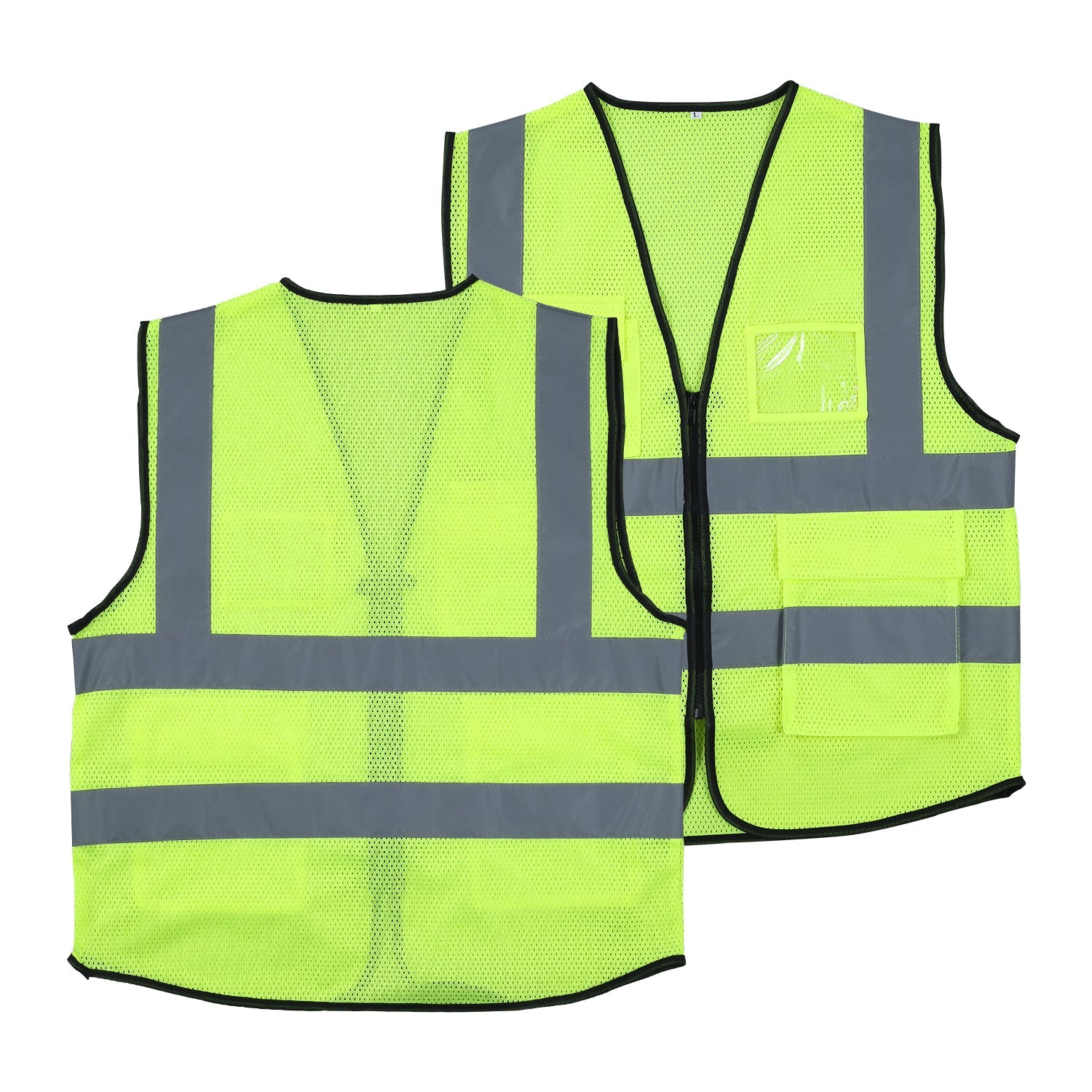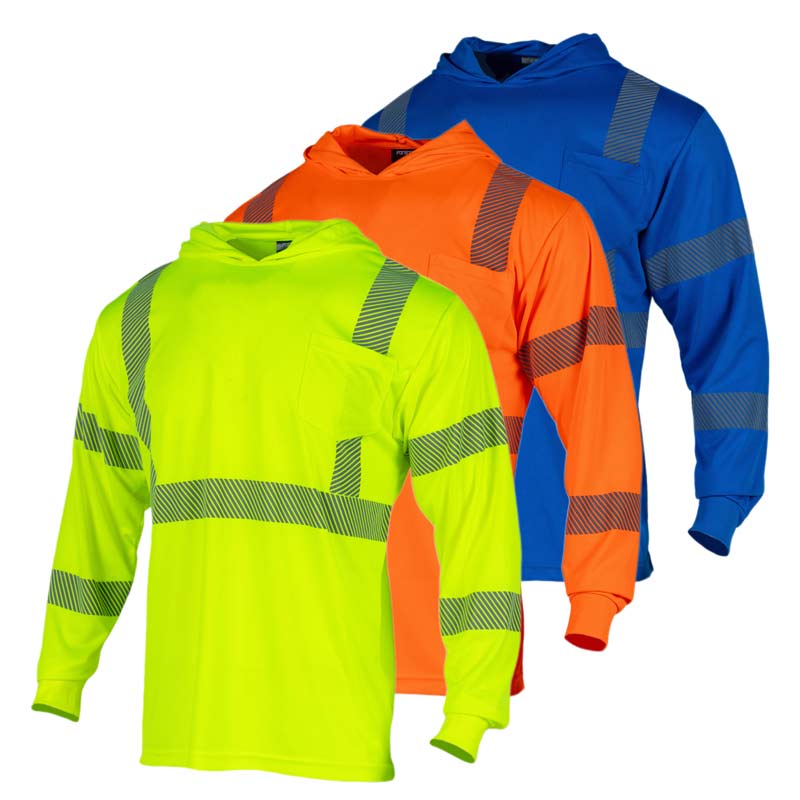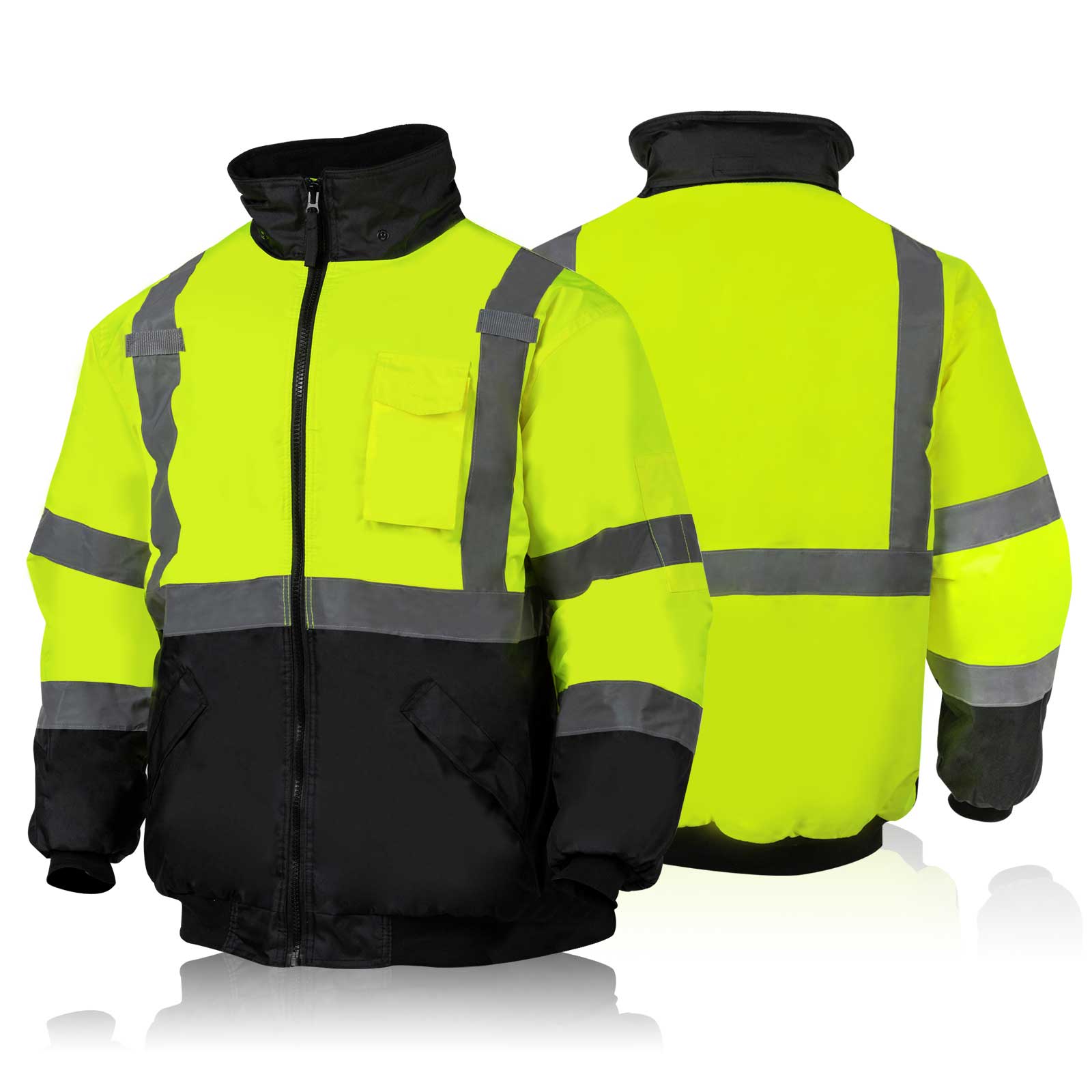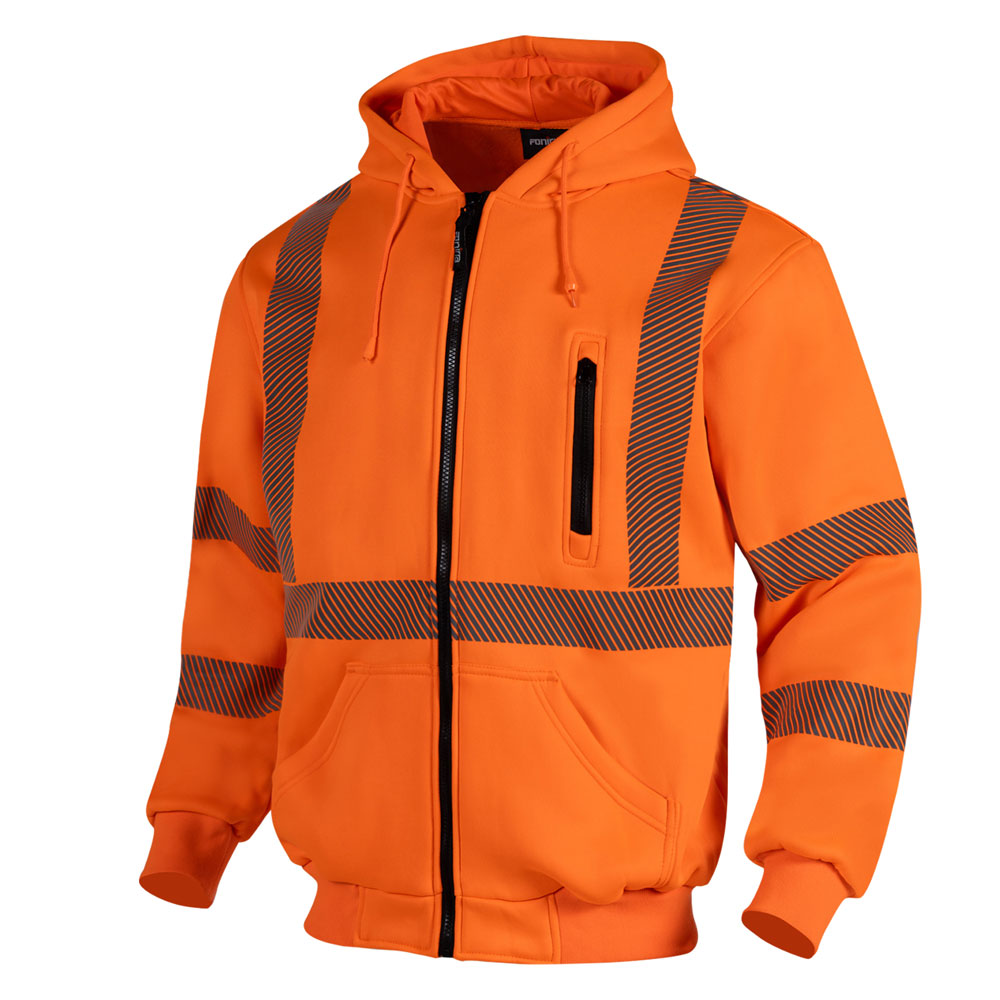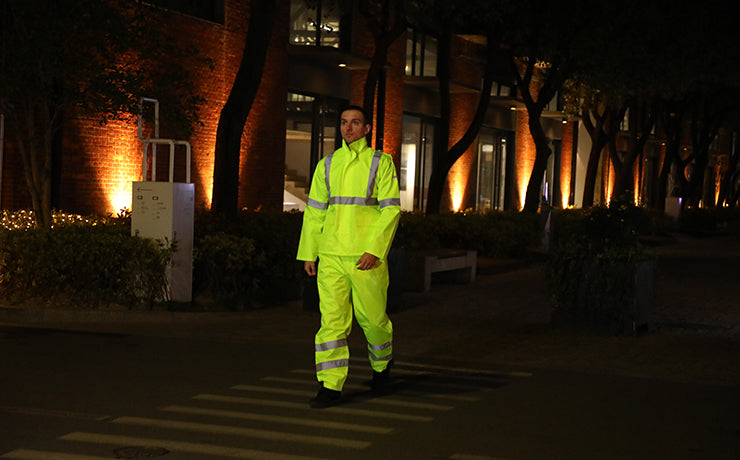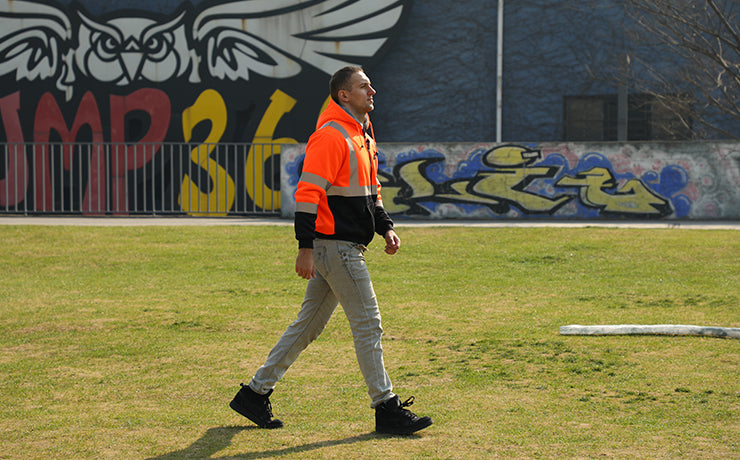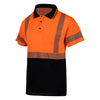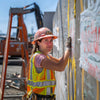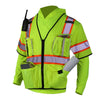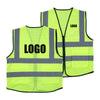ANSI Class 1 vs. Class 2 vs. Class 3: Understanding the Differences
The importance of high-visibility safety clothing in ensuring the safety of workers in various environments is a critical aspect of occupational safety. From construction sites buzzing with activity to the controlled chaos of emergency response scenarios, the right visibility can be the thin line between safety and peril.
This is where the standards set by the American National Standards Institute (ANSI) become crucial. They delineate clear guidelines for high-visibility clothing, categorizing them into ANSI Class 1, Class 2, and Class 3.
Understanding these differences is not just about adhering to regulations; it's about safeguarding the lives of those who find themselves in potentially hazardous work environments.
Understanding the ANSI Standards
The American National Standards Institute (ANSI) plays a vital role in workplace safety, particularly through its standards for high-visibility clothing.
These standards are designed to ensure that personal protective equipment, including all forms of high-visibility apparel, meets essential safety criteria. Let's delve into the specifics of these standards:
Class 1
ANSI Class 1 garments are designed for environments where the need for visibility is less pronounced than in more hazardous areas. These items are suitable for situations where traffic does not exceed 25 mph and workers are at a safe distance from traffic.
Class 1 high visibility clothing typically includes a minimal amount of reflective material and is suitable for roles like warehouse workers or those in charge of parking services.
Class 2
Stepping up the safety quotient, ANSI Class 2 high visibility clothing is intended for environments with greater traffic speeds or more complex backgrounds. This class includes a higher amount of reflective material and high-visibility fabrics.
Suitable for roles such as school crossing guards, airport ground staff, or high-volume parking and toll booth operators, Class 2 garments offer enhanced visibility for safer working conditions.
Class 3
ANSI Class 3 represents the highest level of visibility. These garments feature the most reflective stripes and background material, providing optimal visibility in the most challenging and high-risk environments.
Workers who benefit from Class 3 clothing typically include road construction crews, emergency responders, and utility workers, where traffic exceeds 50 mph, and visibility is paramount for safety.
Each ANSI safety class serves a unique purpose in the broad spectrum of occupational safety. The decision between ANSI Class 1 vs Class 2 vs Class 3 high visibility clothing hinges on the specific risks and visibility requirements of a particular job.
These classes are integral in guiding the selection of appropriate protective gear, ensuring that workers are adequately visible in their respective work environments, thus significantly reducing the risk of accidents.

Comparative Analysis of Class 2 and Class 3 High Visibility Vests
Safety vests are a crucial component of high visibility safety apparel, designed to ensure the wearer is easily noticeable in potentially hazardous work environments. These vests, often made with bright colors and reflective materials, play a vital role in occupational safety for various industries.
Wearing safety vests is not just a compliance issue; it's a proactive measure to prevent accidents and injuries in workplaces where visibility is key.
Class 2 High Visibility Vests
Class 2 safety vests are designed for environments where there is greater vehicular traffic and higher speed limits compared to those requiring Class 1 vests. They typically feature more square inches of reflective tape and high visibility materials than Class 1 vests, making them suitable for workers like airport baggage handlers, railway workers, and high-volume parking and toll booth operators.
The VT06 Class 2 High Viz Clothing Safety Vest for Women is an exemplary product in this category. Priced at $27.99, it is tailored for comfort and visibility. The vest includes ample reflective tape for enhanced visibility and is made with materials that ensure durability and breathability. This vest is ideal for women in industries where visibility and mobility are crucial.
Class 3 High Visibility Vests
Class 3 safety vests provide the highest level of visibility among ANSI safety vest classes. They are required in the most dangerous environments where traffic speeds exceed 50 mph. These vests have more reflective materials and offer coverage to the arms and legs, which is essential for workers like emergency personnel who need maximum visibility in all weather conditions.
The VT09 ANSI Class 3 Hi Vis Fleece Work Winter Safety Vest is a robust choice for high-risk environments. Though specific pricing and features were not available, this vest is designed to offer superior visibility and warmth, making it ideal for outdoor work in cold conditions. The safety orange background and reflective stripes ensure that the wearer is visible even in low light or inclement weather.

Specific Scenarios for Class 2 and Class 3 Vests
Class 2 vests are best suited for environments where workers need significant visibility but are not exposed to extremely high-speed traffic. For instance, railway workers or airport baggage handlers benefit from the enhanced visibility without needing the extensive coverage of Class 3 vests.

VT05 Class 3 Short Sleeve Safety Vest With Pocket
Conversely, Class 3 safety vests are essential for situations where workers are exposed to high-speed traffic or extremely low visibility conditions. Emergency personnel often wear Class 3 vests as they need to be visible from a greater distance to ensure their safety in urgent and chaotic scenarios.
Comparative Analysis of Class 2 and Class 3 High Visibility Jackets
Safety jackets play a pivotal role in various work environments, particularly in settings where visibility is crucial. Unlike standard safety vests, jackets offer additional coverage and protection, making them ideal for colder climates, night work, or areas with high vehicular traffic.
They incorporate reflective materials and high visibility fabrics, significantly enhancing the safety of workers like construction crews, emergency responders, and utility workers.
Class 2 High Visibility Jackets
Class 2 high visibility jackets are designed for environments where greater visibility is required compared to Class 1, but the risk level does not necessitate the extensive coverage of Class 3.
These jackets are ideal for workers in areas with moderate traffic speeds and complex backgrounds, such as roadway construction sites, emergency response scenes with lower speed limits, and large-scale outdoor events. They offer a balance between visibility, comfort, and mobility.
Class 3 High Visibility Jackets
Class 3 high visibility jackets provide the highest level of visibility. They feature more reflective stripes and background material than Class 2 jackets. These jackets are designed for workers in some of the most hazardous environments, where high-speed traffic and extreme weather conditions are prevalent.
The JK44 Class 3 Safety Jacket is a standout in this category. It offers a waterproof design, making it ideal for wet weather conditions. The jacket’s reflective materials ensure high visibility even in low-light conditions. It's a perfect choice for construction workers, highway maintenance crews, and emergency personnel who require maximum visibility and protection against the elements.
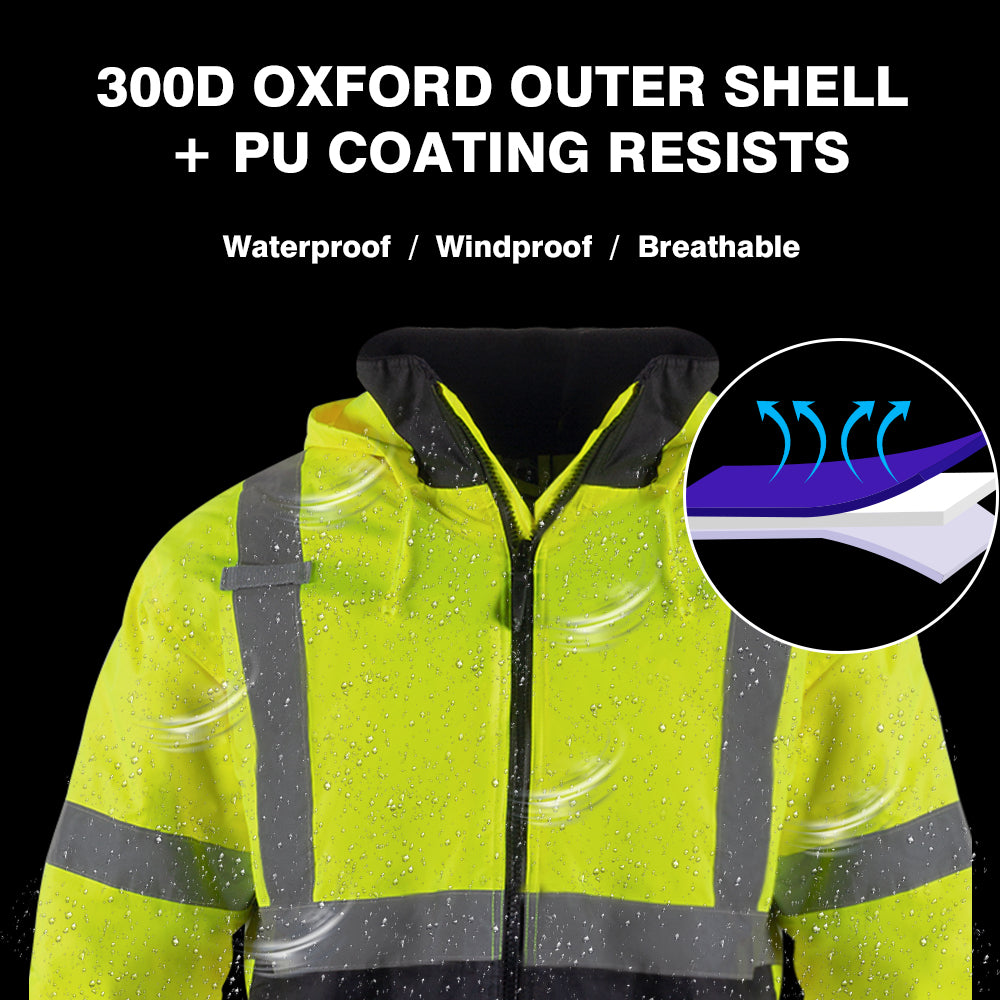
Why Class 3 Jackets are Preferred in Certain Working Conditions?
Class 3 jackets are preferred in certain working conditions due to their superior visibility and protection. In environments where workers are exposed to high-speed traffic, inclement weather, or low-light conditions, these jackets offer an essential layer of safety.
The extensive reflective materials and bright colors of Class 3 jackets make them indispensable for ensuring the safety of workers in high-risk scenarios.
Conclusion
The choice between ANSI Class 1, Class 2, and Class 3 high visibility clothing is critical for worker safety across various environments. Each class is tailored to specific needs, from moderate traffic areas to high-risk zones.
We invite you to explore Fonirra's range of quality, ANSI-compliant safety apparel. Whether you need Class 2 vests for moderate visibility or Class 3 jackets for maximum protection, Fonirra offers the right gear for your safety requirements.
Check out their website to equip yourself or your team with the best in safety clothing. Remember, choosing the right safety gear is an essential step towards ensuring safety and well-being in any work environment.
-
Posted in
ansi/isea 107, class 3 winter jacket

